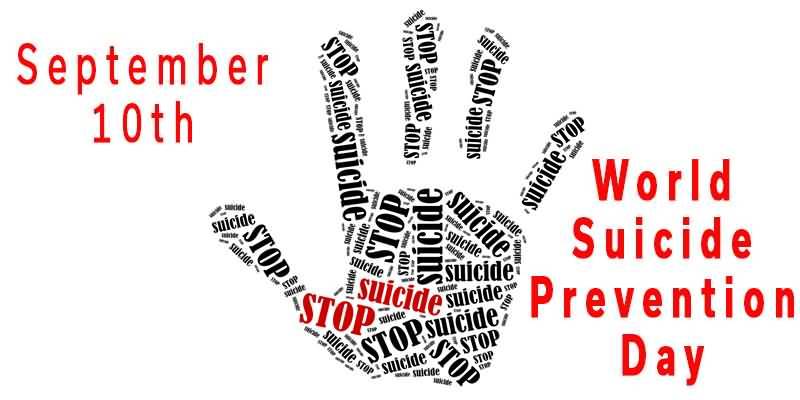Two Suicide Myths:
1. Most suicides happen during the cold, dark months of winter.
2. Warning signs can predict suicides.

The Reality:
Suicide rates rise during spring, from early April to late May, according to a study by the Center for Disease Control and Prevention. Speculations abound on the origin of the holiday myth: the repeated showing of the 1946 movie “It’s a Wonderful Life,” the hyped holiday blues and the perpetuator of the myth which is the media. It could also be that, coming from the dark of winter, the increase of light during spring gives people the energy to kill themselves.
Many seemingly successful, happy and fulfilled people commit suicide, shocking their families and friends. “The paradox is that the people who are most intent on committing suicide know that they have to keep their plans to themselves if they are to carry out the act,” says Dr. Michael Miller, assistant professor of psychiatry at Harvard Medical School. The theory of maladaptive perfectionism is a possible cause, wherein the person who aims for perfection has a tremendous fear of failure.
It doesn’t mean however that we should be oblivious to the behavior, demeanor and moods of those close to us – our kids, spouse, parents, friends and co-workers. Even if we can’t anticipate someone taking one’s own life, consciously or unconsciously, they give clues; and families and friends should be on the lookout for these signs.

Common Causes of Suicide
In 2014, suicide was the second leading cause of death in the US in young people ages 10 to 34. It is highest among women ages 45 to 64 and in men who are 75 years old and older. In 2013, 13 out of every 100,000 died from suicide, the highest rate thus far in 28 years. It increased by 30 percent from 1999 – 2010.
Suicidal acts are triggered by acute feelings of despair, panic and anger. These feelings may be caused by any of the following:
- Mental illnesses, such as depression, anxiety disorders, schizophrenia, bipolar disorder, PTSD, lack of impulse control. They make up most (about 95%) of suicide cases.
- A serious loss, such as the death of a spouse or termination from work
- A personal crisis, such as a divorce or breakup, or financial difficulties
- Addiction
- A serious illness
- A family history of suicidal acts or a previous suicide attempt
- Access to guns

Warning Signs of Suicide
If a person has recently gone through a painful or traumatic experience that has had a profound effect on his life, and subsequently exhibits behavioral changes or behavior that is totally new, that person may be contemplating an act of suicide. Changes or new behavior come in the form of acts, speech or demeanor. One doesn’t have to exhibit all of the signs. One or a few can already be clues to probable intentions.
Speech
- The perception of being a burden to others, expressed as rejecting offered help, concern for the person helping or concealing difficulties
- Feeling trapped, such as, there is no way out or the world is closing in on the person and the only recourse is to end one’s life
- Suffering intolerable pain, such as physical pain from an illness or emotional pain from a loss
- Talk of not having a reason to live anymore
- Talk of killing themselves

Actions
- Increased or start of use of alcohol or drugs
- Sudden interest in searching for ways to commit suicide
- Dropping out of participation in usual activities
- Sleep changes, such as insomnia or oversleeping
- Weight or appetite changes, such as a significant weight gain or loss in a month or less
- Withdrawing from family and friends
- Escapist and reckless behavior, such as compulsive gambling, reckless driving, engaging in dangerous sports
- Giving away treasured possessions
- Showing aggression and violence
Feelings or Moods
- Disconnection
- Hopelessness
- Worthlessness
- Loneliness
- Shame
- Sadness
- Anger
- Anxiety
You might also like:
How You Can Be The Helping Hand That Your Suffering Friend Needs
Originally posted on January 29, 2017 @ 12:12 pm








